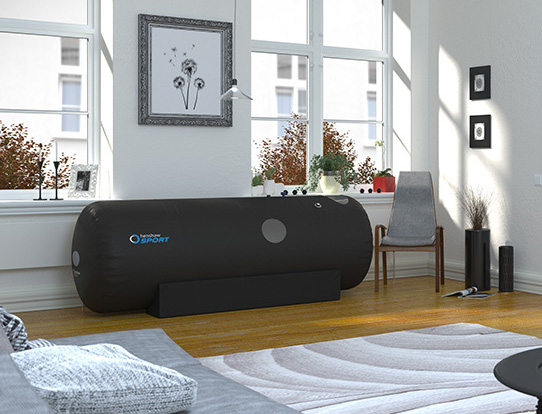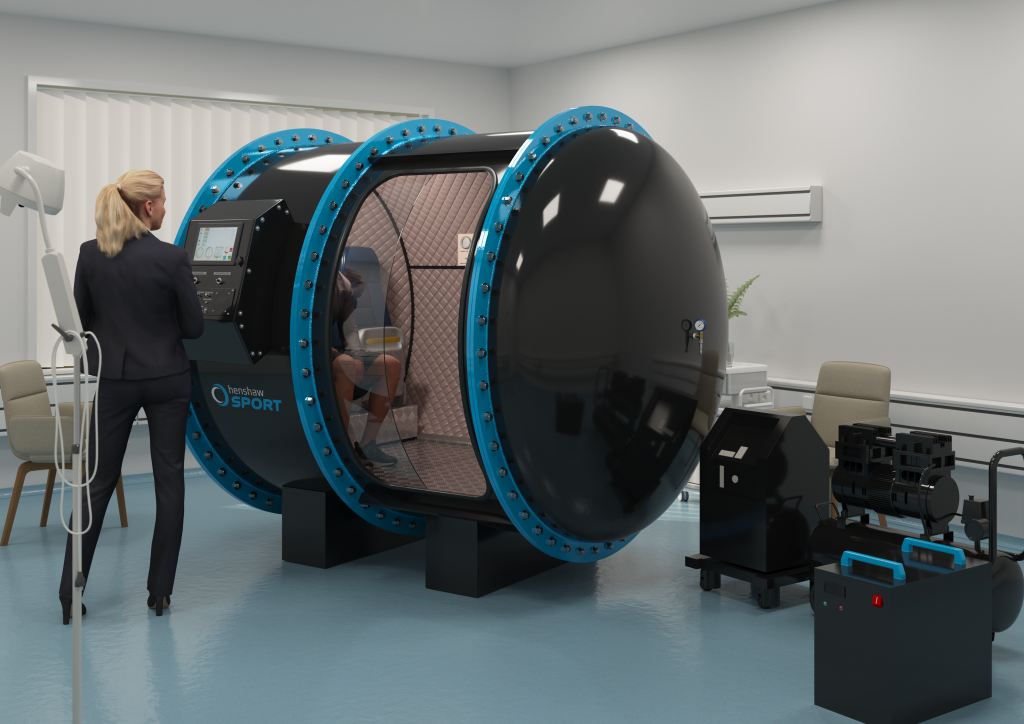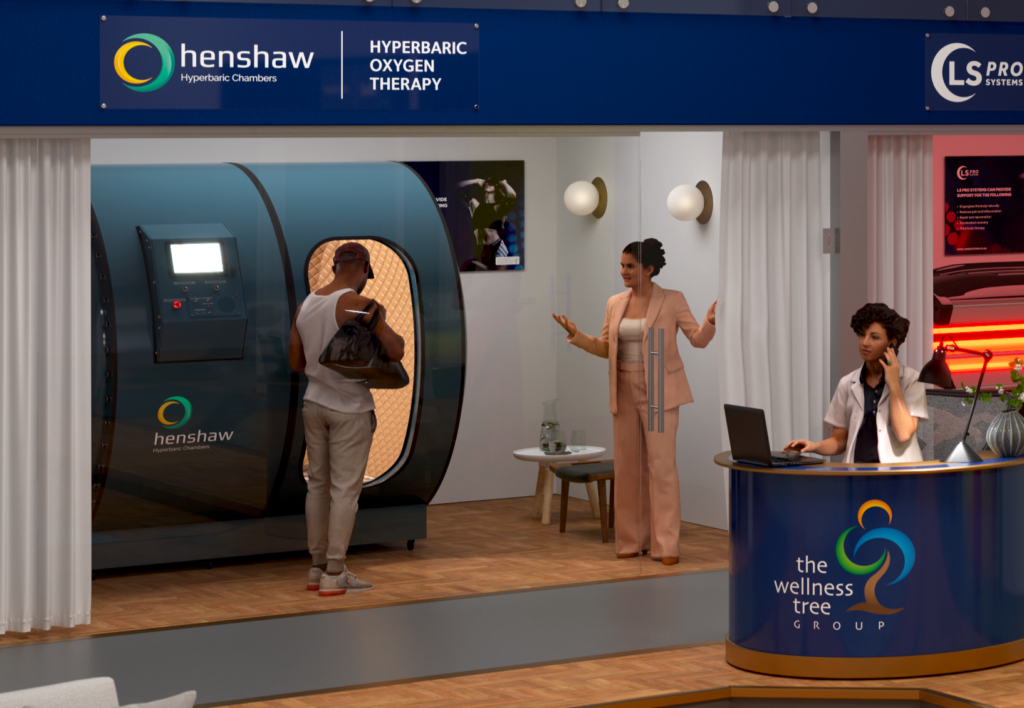Expert Q&A with Hayden Dunstan – part 3
We spoke to HBOT Expert Hayden Dunstan about Understanding the Risks and The Role of Education & Training.
Q. How important is user education in the safe operation of hyperbaric chambers?
A. It is essential and should be taken as standard when buying a chamber. This is a life support system. It cannot be considered in the same light as other equipment.
Physiological changes in the human body must be well understood, as well as safety consideration regarding pressure equipment and the behaviour of gases under pressure by all practitioners, both medical, complementary and alternative therapists.
I would consider this second only, but more likely equal, to the construction standards of the chamber.
Q. What training or resources should operators or users of hyperbaric chambers seek out?
A. Training explaining the physics, physiology, behaviour of gases under pressure, fire safety, electrical safety, procedure and policies as well as operational considerations.
Chosse a training provider that offers continued support for a reasonable amount of time after training as well.
Also, consider whether it is possible to get physical copies of printed training manuals and books to use as an ongoing reference.
Consider the experience and knowledge of the trainer or facilitator of such training. Investigate thro background and career to date, and ask them for a full bio. If they don’t want to give one, they probably aren’t legit.
Ask about accreditation of materials as well. Most courses are not accredited, especially in the wellness market, but one can still determine if the author is trying to become accredited and this can offer insight into how reliable the material itself is.
It should be well referenced with outside sources verifying what is being taught.
Material should not be limited to a handful of considerations. This is not material that takes and hour or two to cover. It is essentially a medical discipline and takes time to cover all necessary topics which extend beyond just the operation of the chamber itself.
Q. What are the most common safety issues you’ve seen with improperly used or poorly made hyperbaric chambers?
A. The list is long, and the industry is not short of some horrendous practices, here are the key safety issues…
- Over pressuring chambers
- Rapid compression and decompression
- Improper items allowed in the chamber which constitute a fire risk
- Improper assessment of suitability of treatment for clients or patients
- Poor maintenance
- Poorly designed chambers and systems
- Poorly designed breathing gas systems
- Complete lack of knowledge of how this all works and the effects of pressure on the human body
- Operators walking off and leaving chamber occupants unattended
- Poor knowledge of emergency procedures including first aid for pressure related injuries and so on
This can all be avoided with properly designed and constructed equipment and adequate training of personnel.

Q. How does the material and design of the chamber affect its overall safety and performance?
A. It is the single biggest underlying cause of failure or success of a design.
Inadequate materials can lead to dangerous scenarios and even life-threatening conditions and injuries in terms of toxicology, pressure safety equipment failure and so on.
Design standards exist for good reason and are such that the chamber is designed to not fail, and if it does, fail in a safe way with options being available for safe evacuation and decompression of the camber.
Fire safety is key as well and all materials and furnishings must be hyperbaric safe and specially designed for this application.
Q. Are there specific medical or therapeutic situations where a hard-shell chamber is essential over a soft-shell chamber?
A: Those applications requiring higher pressures.
As I explained earlier, hard-shell chambers can achieve higher pressures more easily at a reasonable cost over higher-pressure flexible units.
Some medical conditions benefit more from higher pressure such as slower responding tissues like bones and tendons for example.
Injuries to these slower tissue benefit from higher pressure to provide an increased inward gradient for the oxygen. This means more oxygen can get to the target tissues.
Notwithstanding that, lower pressures do still work, but it can take longer to see similar results though with longer periods in in the chamber.
Many researchers advocate for lower pressure for faster responding tissue since they more readily saturate with oxygen than slower responding tissues.
Neurological conditions for example, benefit from lower pressures. This is because they are faster responding tissues, but also because the cerebrospinal fluid (CSF) is more mobile at lower pressure of 1.75 ATA and below. (Professor Phillip James ).
Higher pressures achieve greater oxygen saturation in shorter times but are not without additional risk considerations, especially over 2 ATA.
For general wellness, sports recovery and neurological conditions a lower pressure is ok if you have the time to spend in the chamber and are happy with a longer duration in terms of days receiving treatment.
In general, though 1.75 ATA to 2 ATA will achieve similar results in a shorter time frame than 1.3 ATA for example. It’s a personal preference and will also depend on funds available.


